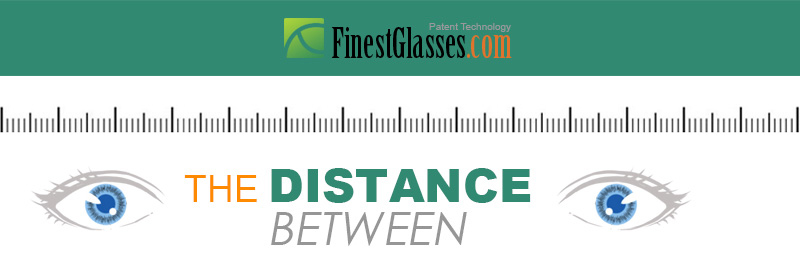

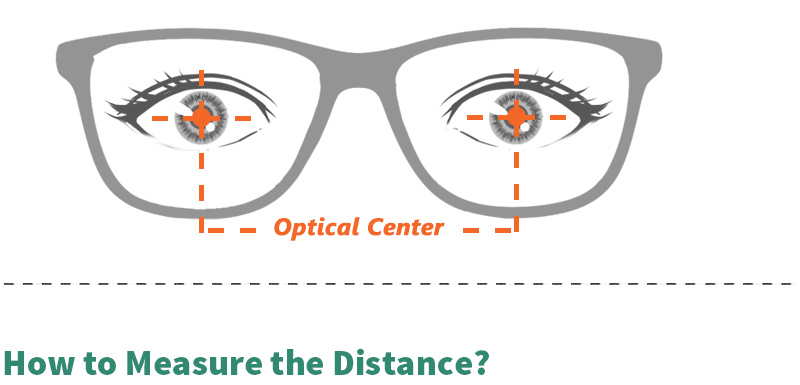
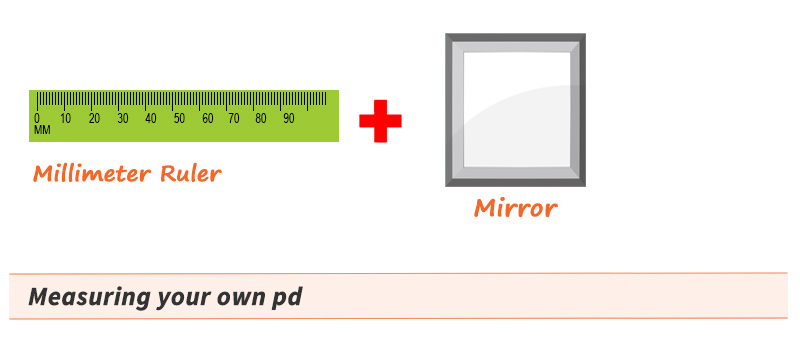
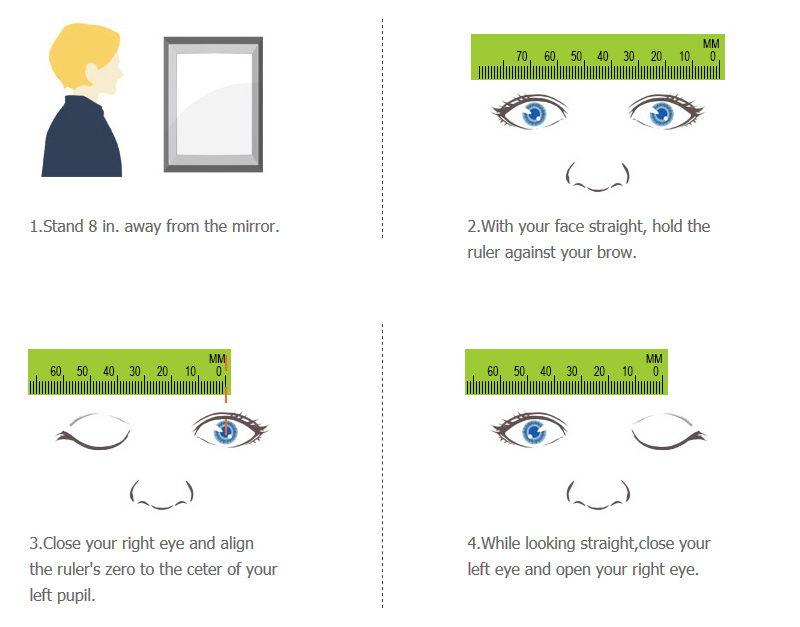
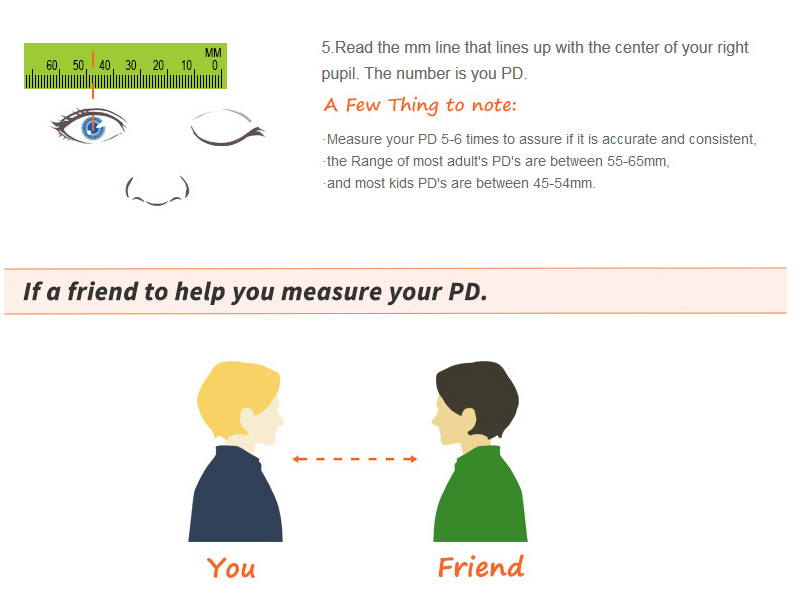



 FinestGlasses.comHow To measure pupillary distance(PD)by yourself. - finestglasses.com
FinestGlasses.comHow To measure pupillary distance(PD)by yourself. - finestglasses.com








Now:$47.99Was:$79.99
Now:$47.99Was:$79.99
Now:$41.99Was:$69.99
Now:$41.99Was:$69.99
Now:$39.99Was:$79.99
Now:$47.99Was:$79.99
Now:$47.99Was:$79.99
Now:$47.99Was:$79.99